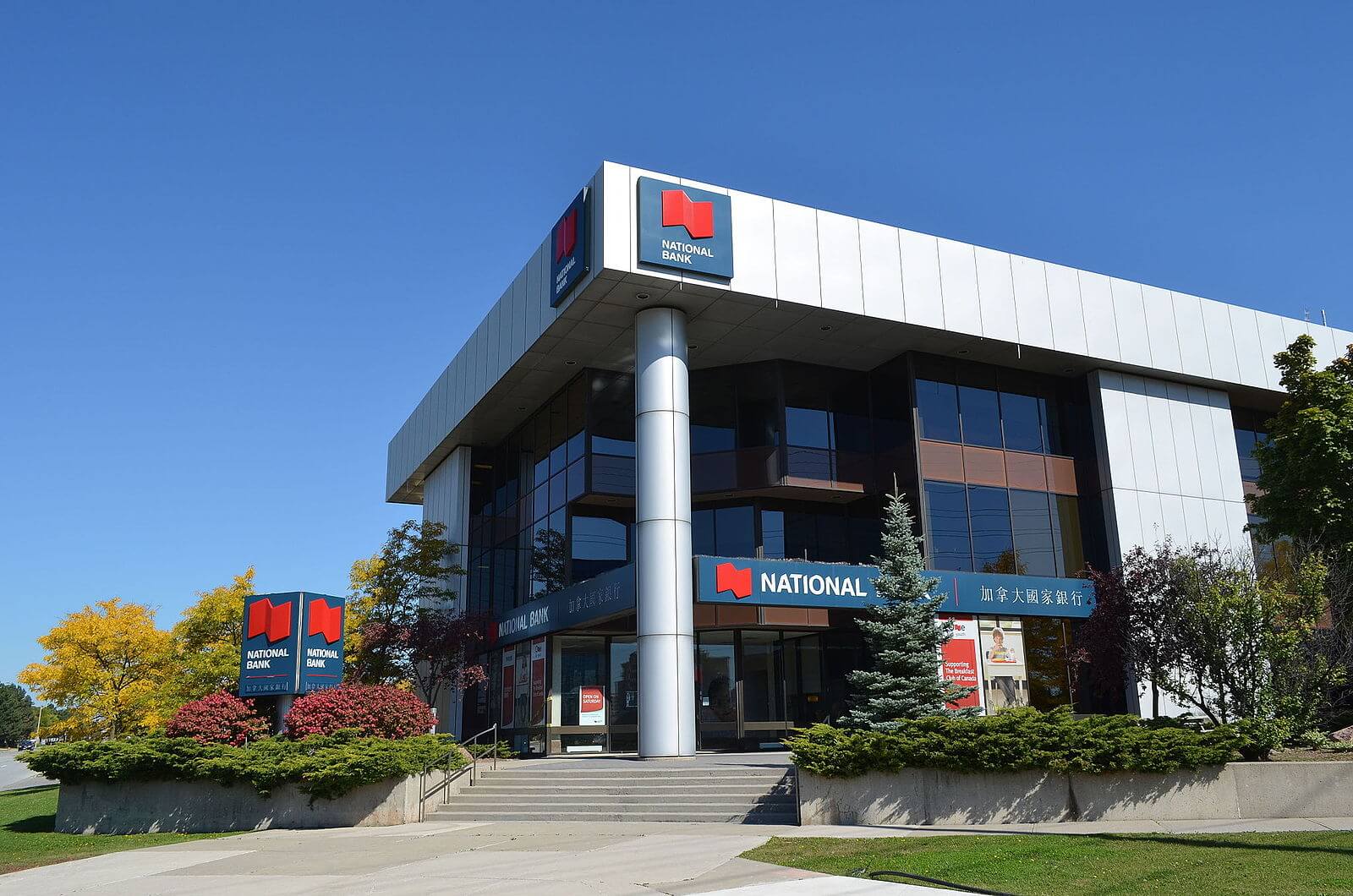
The National Bank of Canada has announced the successful completion of a pilot program in collaboration with IT firm CGI and blockchain startup Skuchain to use blockchain technology in trade finance.
The initiative aimed at improving and streamlining the process for negotiating standby letters of credit and guarantees, the complex conditional agreements used by banks for securing financial transactions. These agreements are used across many industries to secure contracts and are currently conducted via email, making them prone to errors and delays.
Through an end-to-end, blockchain enabled process, National Bank of Canada said processing times are significantly improved, risks are reduced and customer relationships are strengthened.
By leveraging templates pre-approved by banks and negotiations on a distributed ledger, the integrated platform automates the coordination necessary to issue a standby letter of credit or guarantee. The streamlined process offers visibility across the lifecycle, lower costs for all parties, increased security and more effective collaboration.
“This pilot project is a great opportunity to leverage blockchain technology to simplify the process for negotiating standby letters of credit and guarantees while making it more transparent and secure,” said Patrice Roy, vice president of payments, cash management and international solutions at National Bank of Canada. “This will enable us to offer a simple, fast and efficient experience to our commercial clients which facilitates managing their business.”
The project involved CGI integrating its CGI Trade360 trade finance platform with Skuchain’s Contract Builder, an application built on the startup’s Brackets platform for smart contracts on a blockchain.
The integration enabled National Bank of Canada to provide trade finance services digitally to customers conducting business on a blockchain B2B solution. In particular, customers were able to initiate, conduct and conclude negotiations of standby letters of credit and guarantees entirely on smart contracts that intelligently construct agreements and securely communicate any changes in terms to relevant parties.
California-based Skuchain develops blockchain-based products for B2B trade and supply chain finance, serving banks and manufacturers. The company offers Brackets, a smart lock with digital keys that moves money when the agreements are met, which was used in the first letter of credit transaction on a blockchain platform by Commonwealth Bank of Australia and Wells Fargo in 2016.
“This standby letter of credit contract builder is the first live implementation of the emerging DLPC standard,” said Srinivasan Sriram, CEO at Skuchain. “This standard is the result of more than two years of work by the Distributed Ledger Payment Commitment (DLPC) working group at the Bankers Association for Finance and Trade (BAFT) which our vice president of technology Ranganathan Krishnan has been captaining.”
Skuchain joined BAFT to advance the use of distributed ledgers for trade instruments in banking in 2016. The DLPC working group, overseen by Krishnan, focuses on setting up standards and defining interoperability guidelines for letters of credit on distributed ledger technology.
National Bank of Canada’s successfully pilot project with CGI and Skuchain is one of the many blockchain initiatives the bank has undertaken to explore the merits of the technology for varied applications. In April, National Bank of Canada and JP Morgan tested a new blockchain platform for issuing financial instruments seeking to streamline origination, settlement, interest rate payments and other processes.
The platform was built using Quorum, an open-source blockchain that JP Morgan has developed in-house.

